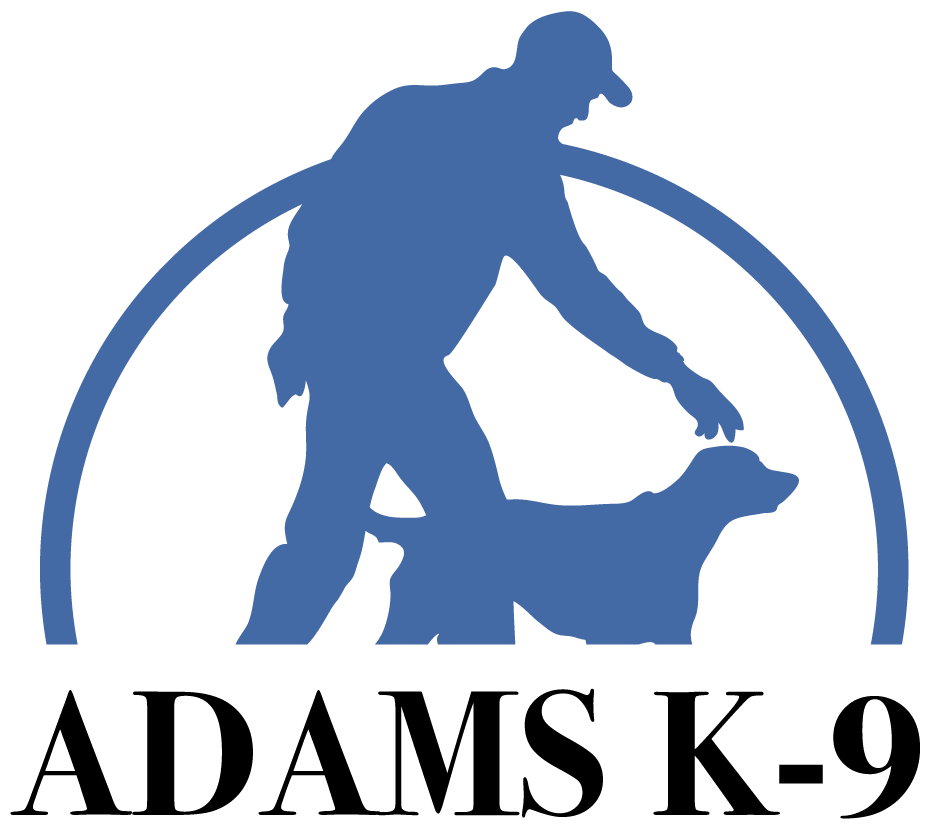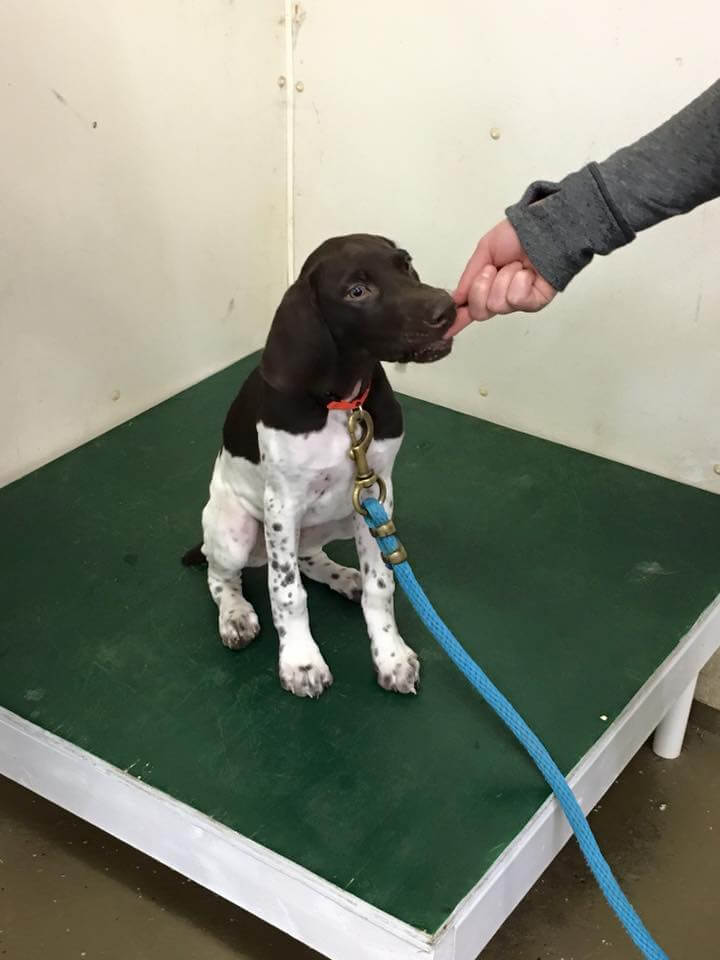In our previous blog, I wrote about how untimely positive reinforcement can mess up your dog. Petting when they growl, giving attention when they jump, baby talk, and hyperactivity by you can all prevent your dog from having a calm greeting behavior. This article is going to discuss how we interact and use praise to encourage the correct behavior. The very first step is to determine what praise is. Praise, affection or reward can be many things to your dog:
- Food
- Water
- Play
- Touch
- Talk
Have you ever given your dog a treat when they are lying down in a calm state? You should! This will teach the dog that calm, good behavior gets rewarded. Praise your dog when they make eye contact with you to help teach focus. Focus is a term we use which means “pay attention and watch me.” Food is a very high motivator. If your dog is not motivated by food, don’t feed them. They will eventually be motivated. I am not telling you to starve your dog, but have them work for their food. When I trained tracking dogs, I would require they track to eat. It works great.
During our puppy classes, we use food to teach the pups to sit, lay down, come, let’s go, and place. It’s all done with food. Place means the puppy learns to get on something and sit there. We have a variety of place boards for the pups to practice on. I break down place into three pieces; first we use food to get the pup just to put his/her front paws on the place board. Once that is established, they get on the place board with all four paws and sit. We reward them with food first for front paws, then only reward for all four paws. Once they have that, we reward the sit. Within a couple of lessons they’ve mastered it. It’s pretty cool to see pups between 7-16 weeks old learn like this!
I pet dogs when all fours are on the ground. They learn this is what they have to do get have human contact. Jumping isn’t going to elicit what they want, so they soon learn paws on ground get rewarded. I do not act hyper in the house and my dogs pick up on my energy. People mess this up all the time. They talk in high pitch voices, make eye contact and touch their dogs when they come home which puts the dog into hyper mode. When I come home, the first thing we do is go outdoors to empty out and the only thing I say is “Hi guys”. Dogs do best with structure. This is the same every time I come home. It’s routine. When I leave I am calm and either I put the dogs in their crates. If they are old enough and earned their freedom, I just leave and don’t say anything to them. Guess what? I don’t have dogs with separation anxiety. It’s all about how you interact with your dog when you come and go.
My dogs do get table scraps on occasion, however they do not beg. How do I do this? They are never fed when we are at the dinner table. They are told to lay down in the living room while we have dinner. If by chance we have a few pieces of leftover meat I will call them into the kitchen and give them some. What I do not do is give them snacks every night or feed them in the kitchen prior to dinner. It’s all about making the dog work for his food and giving a reward when I decide- not the dog. I personally know dog owners whose dogs are constantly prowling around the kitchen before and after dinner because they get fed every day from something that the humans ate. The owners are constantly yelling at the dog, “Go on, get out of here!” They could avoid all the yelling by not giving them food all the time. I probably give my dogs meat from the table 2-4 times a month. They never know when it’s coming, and it only comes when they obey. Timing is everything.
Remember the woman who rattled the treat bag to get her dog to come in and was actually teaching the dog not to come? To teach a dog to come do the following:
- Teach your dog to drag a long line
- Say come
- Pull the dog to you as you back away from the dog (dogs like to chase)
- Use food to reward the dog when it gets to you.
- The final step is to teach the dog to sit in front after you call
The long line is the key. The dog cannot run away if you use the line to reel them in. If your dog ever runs from you and refuses to come, they earned the long line again. We still use long lines but we also use the invisible leash (remote collar) as well. My dogs always wear an invisible leash when we are in public places.
Always reward your dog when they are calm. They learn calm gets the cookie. I don’t play fetch in my house. Fetch is a high energy exercise and we do fetch outdoors. For indoor activities my dogs do calm exercises:
- Find the treat
- Chew the bone
- Play with the stuff toy
- Tricks
If you want a nice, calm and well-behaved dog you must also be calm and well-behaved. We do not allow our children to run and jump all over the furniture. If your dogs do that you should be teaching them not to-not running to get your camera because it’s so funny.
Timing is everything. Laugh at your dog when they are being funny, not naughty. Don’t give your dog mixed signals. Reward the behavior you want and behave how you want your dog to behave. With enough practice and training, you will love your dog and love your dog’s behavior.


